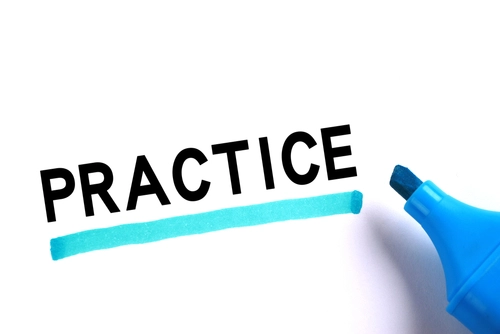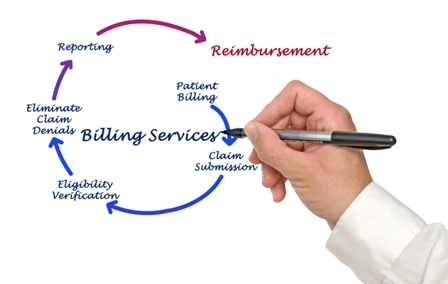Take Up the ADR Challenge With These Win-Win Tips

Revert quickly, with separate files for each ADR.
Do you put off an Additional Documentation Request (ADR) for tomorrow, just because you want to sit down and do it at length? And then that day never arrives? If so, here’s your quick, comprehensive guide on how exactly to solicit the information that Medicare seeks from you, and get your deserved payment.
First thing first: As part of the Medical Review process, claims are randomly selected for review, and ADRs are generated where the reviewer feels the need to ask for additional information regarding the services to prove medical necessity; and sent to the providers.
“Benefits being exceeded, Medicare patient complaining, incorrect modifiers being used,” are the most typical reasons for an ADR, contemplates Doreen Boivin, CPC, CCA, with Chiro Practice, Inc., in Saco, Maine.
You have 45 days to respond to an ADR before the claim gets denied automatically.
“I actually don’t see these very often; they are few and far between in the practitioners that I work with,” says Boivin. “I would say stay on top of your notes so that when these requests come in you’re able to do it within the 48-hour period response time.”
Remember: Medicare contractors are authorized to collect medical documentation by the Social Security Act Section 1833(e), which states, “No payment shall be made to any provider of services or other person under this part unless there has been furnished such information as may be necessary in order to determine the amounts due such provider or other person under this part for the period with respect to which the amounts are being paid or for any prior period.”
So, if you happen to receive an ADR, be sure to get it processed as a top priority.
First, take a look at the list of documents they are asking for. Include relevant physician’s orders, making sure his signatures are legible. You also need to include a copy of the ADR letter with your documents.
“Respond to the letter exactly the way the letter requests and you should have no problems,” stresses Boivin.
Multiple claims ADRs: When providing ADR responses for multiple claims, remember to create separate files for each ADR, and place each ADR letter in a separate file with corresponding documentation, so that they don’t get mixed up. You should also include a Medicare Medical review ADR response cover sheet as appropriate. Find an example at http://www.palmettogba.com/Palmetto/Providers.nsf/docsCat/Railroad Medicare~Resources~Forms?open&Expand=1.
Once again, you should be using a separate ADR response cover sheet for each singular ADR.
That done, it’s time to submit the records. You can send these through fax or mail, or via esMD (Electronic Submission of Medical Documentation) mechanism. To learn more about this, go to the CMS website at www.cms.gov/esmd.
Don’t overdo it: Never submit the same ADR twice because a duplicate response is bound to slow down the process at the reviewer’s end. What’s more, you also should not try to submit duplicate or replacement claim for a claim awaiting medical review. This can result in denial or recoupment as well!
After you have sent the requisite documents, CMS allows about 30 days to complete the medial review of the documentation. Once the review is finished, your claim will receive a status of paid, denied, or rejected. If you disagree with the decision, you may appeal for a redetermination. However, if your claim was rejected as not being processable with the remittance message MA130, it means “your claim contains incomplete and/or invalid information, and no appeal rights are afforded because the claim is unprocessable. Please submit a new claim with the complete/correct information.” You will therefore have to start fresh with submitting a new, corrected and acceptable claim.
In a nutshell: “Complete any documentation at the time of service; make sure the correct diagnoses are being used, that the billing is going out correctly with the appropriate modifiers, and re-examinations are being done within the course of treatment,” recommends Boivin. “What it comes down to ultimately is following Medicare guidelines. Know how to document, know how to bill.”




